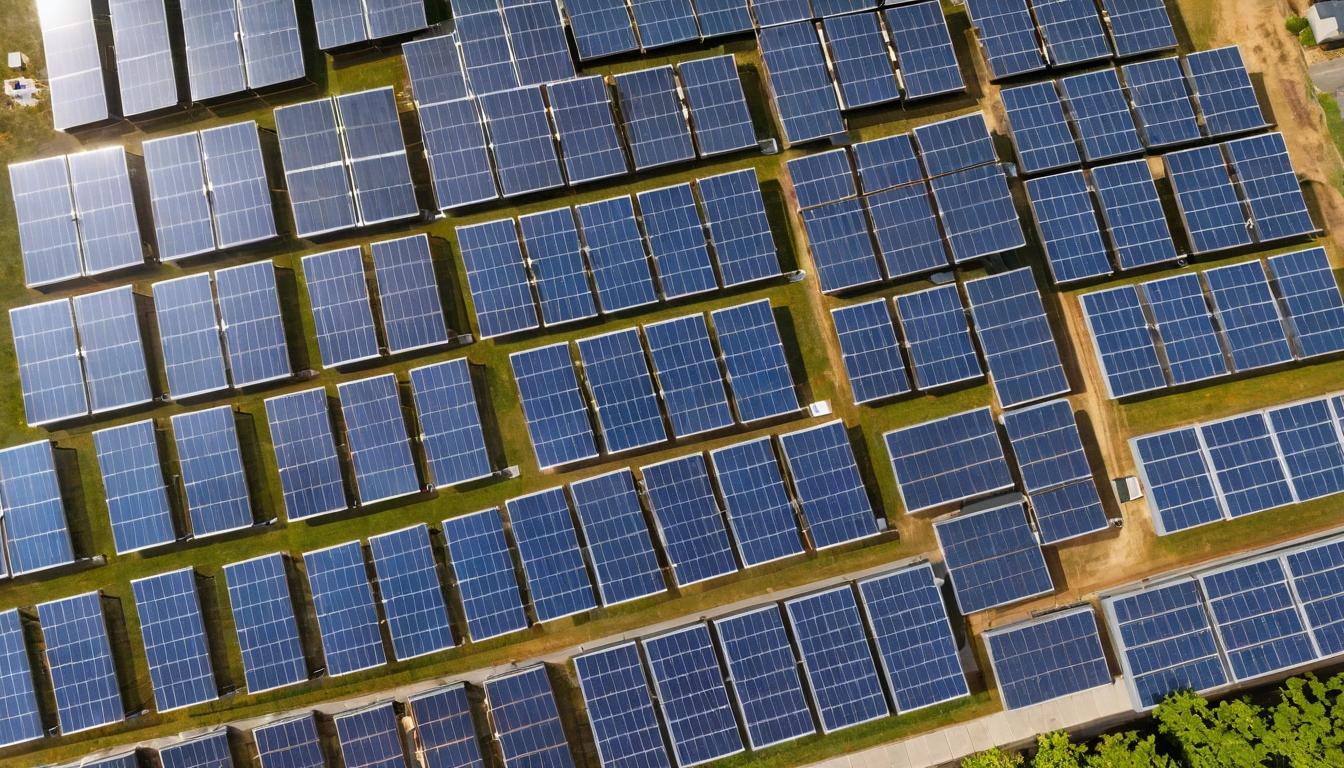In the shadow of towering transmission lines and century-old power plants, a quiet revolution is unfolding across America's energy landscape. While most consumers remain focused on their monthly utility bills, a fundamental shift in how we generate, distribute, and consume electricity is occurring right under our noses—and it's happening not from the top down, but from the bottom up.
Distributed energy resources (DERs), once considered niche solutions for environmentally conscious homeowners, have evolved into a formidable force challenging traditional utility business models. From rooftop solar and battery storage to smart thermostats and electric vehicle charging networks, these decentralized technologies are creating what energy experts call the 'democratization of power'—literally and figuratively.
What makes this transformation particularly fascinating isn't just the technology itself, but the regulatory battles playing out in state capitals from California to New York. Utilities, caught between their legacy infrastructure investments and the rising tide of consumer-generated power, are fighting rearguard actions to maintain control over the grid. The outcomes of these battles will determine whether we see a truly decentralized energy future or a hybrid system where utilities retain their gatekeeper role.
Meanwhile, the economics of DERs continue to improve at a staggering pace. Solar panel costs have dropped 90% over the past decade, while battery storage prices have fallen nearly 80% since 2010. These aren't incremental improvements—they're game-changing developments that make decentralized energy solutions accessible to middle-class households rather than just the wealthy elite.
The environmental implications are equally profound. DERs offer the potential to dramatically reduce greenhouse gas emissions while enhancing grid resilience. During extreme weather events—increasingly common in our climate-changed world—homes with solar and battery storage can maintain power while traditional grids fail. This isn't theoretical; we've seen it play out during hurricanes, wildfires, and polar vortex events across the country.
Yet the DER revolution faces significant headwinds. Interconnection queues for new projects stretch for years in some regions, while outdated rate structures often penalize rather than reward distributed generation. The lack of standardized protocols and cybersecurity concerns create additional complications for integrating millions of small-scale resources into a reliable grid.
Perhaps most intriguing is the emerging business model innovation around DERs. Virtual power plants—networks of distributed resources that can be dispatched like traditional power plants—are gaining traction from Texas to Hawaii. Companies like Sunrun and Tesla are aggregating thousands of home batteries to provide grid services, creating new revenue streams for homeowners while enhancing system reliability.
The social equity dimensions cannot be overlooked. Low-income communities, often disproportionately affected by pollution and energy insecurity, stand to benefit tremendously from DERs—if access barriers can be overcome. Community solar projects, on-bill financing programs, and innovative leasing arrangements are beginning to bridge this gap, but much work remains.
Looking ahead, the convergence of DERs with other technological trends—artificial intelligence for optimization, blockchain for peer-to-peer energy trading, 5G for real-time communication—promises to accelerate this transformation. We're moving toward an energy system that's not just cleaner and more resilient, but smarter and more responsive to consumer needs.
The ultimate irony? The utilities fighting hardest against DERs today may become their biggest proponents tomorrow. As aging infrastructure requires replacement and climate pressures mount, the economic case for distributed resources becomes increasingly compelling—even for traditional power companies.
What's clear is that the energy transition is no longer just about replacing fossil fuels with renewables. It's about reimagining the entire architecture of our power system—from centralized control to distributed intelligence, from one-way power flows to dynamic networks, from passive consumption to active participation.
The revolution won't be televised—it'll be electrified, decentralized, and happening in communities across America. The question isn't whether DERs will transform our energy system, but how quickly and equitably that transformation occurs.
The hidden revolution: how distributed energy resources are quietly reshaping America's power grid

